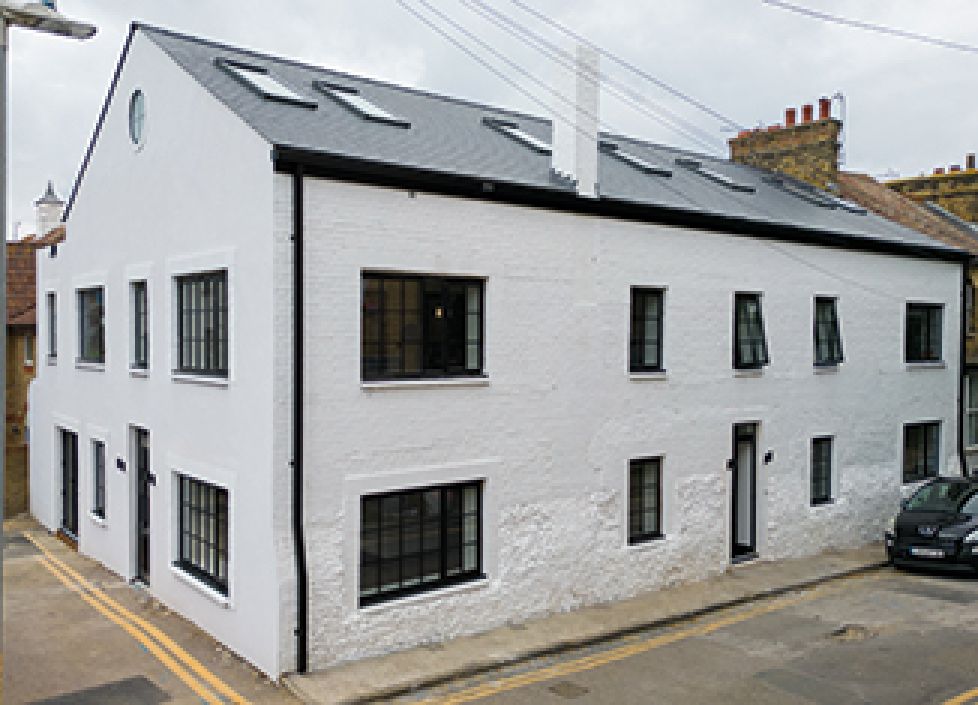Spanish home prices rose 8.0% in the second quarter compared to the same period last year, a slight cooling compared to the first quarter of 2022, but price growth is still well above its historical average. On a quarterly basis, prices rose 1.9% in the second quarter compared to 2.6% in the first quarter.
Figures from Tinsa show a weakening trend over the summer. In July, Spanish house prices still rose by 3% month-on-month, but this slowed down to a growth of 0.5% m-o-m in September.
The start of the pandemic turbocharged price growth in many countries and Spain is no exception, with prices of existing dwellings in Spain increasing by 11.5% since the start of 2020. This is slightly weaker than price growth in Portugal (+26.2%) and France (+15.5%), but stronger than in Italy where prices have risen by 7.2% since the outbreak of the pandemic.
However, these strong price dynamics during the pandemic stretched affordability to the limit in Spain. Combined with a cocktail of rising mortgage rates, deteriorating economic prospects and high inflation eroding household purchasing power, the real estate market will continue to cool, according to a new report on the Spanish housing market by ING.
Wouter Thierie, economist at ING and author of the report, says of the Spanish property market: “We expect price growth to reach 7% in 2022, but slow to 1% next year. This means that nominal price growth will not be able to keep up with inflation. With a current expected inflation rate of 8.7% for this year, real price growth will turn negative at -1.7%. At an expected inflation rate of 4.4%, real price growth in 2023 will also be negative at -3.4%.
“Although house prices have risen sharply in almost all of Spain, there are varying dynamics across regions and cities. The latest Tinsa figures for September show that price growth is beginning to cool off everywhere except in the metropolitan areas. Price dynamics have slowed down the most on the Mediterranean coast and in the Balearic and Canary Islands.
“Price growth of 6.5% on the Mediterranean coast and 3.5% in the Balearic and Canary Islands was well below the national average. On the Islands, in particular, price growth has come to a complete halt this year, even declining slightly over the summer. The cooling off does, however, come after strong price growth at the start of the pandemic. By comparison, in metropolitan areas, price growth continues unabated for now. Although house prices in the rest of Spain fell by an average of 0.4% compared to August, in metropolitan areas they still rose by 1.2% in one month, bringing the total annual growth rate in September to 10.0%.”
Higher mortgage rates to inhibit future price growth
Mortgage rates have already risen sharply in Spain this year and it’s unlikely that rates have peaked yet. Mortgage rates closely follow the evolution of the one-year Euribor, with a small lag, and the one-year Euribor has started to rise sharply. While the Euribor was still negative at -0.5% on 1 January, it rose to 2.7% in October.
Although the one-year Euribor already anticipated interest rate hikes by the European Central Bank (ECB) to combat inflation, further rate hikes could put some upward pressure on the Euribor again in the coming months.
Thierie adds: “Nevertheless, we expect the Euribor to peak toward the end of the year. If the eurozone falls into recession, the ECB’s willingness to raise interest rates further will also decrease. Mortgage rates, which have also risen sharply this year, are likely to follow suit. The gap between Euribor and mortgage rates has narrowed significantly recently, suggesting that mortgage rates have yet to catch up.
“However, the biggest upside risk lies with floating rates. Although the gap between fixed and floating rates has narrowed significantly recently, floating rates tend to be well above fixed rates. We expect mortgage rates to rise to around 3.4-3.6% for fixed rates and 3.9-4.1% for variable rates early next year before stabilising at their higher levels. These higher mortgage rates, which reduce households’ borrowing capacity, will dampen housing demand and price growth.”
A ‘soft landing’ is expected in 2023
The ING report concludes: ‘Although we expect a further cooling of the Spanish real estate market, a severe correction is unlikely. We expect the price level to be close to a peak and may fall slightly over the next two quarters. Currently, we expect a slight price drop during the winter months before recovering.
‘Uncertainty, rising interest rates and a looming recession will dampen price growth. We expect the Spanish economy to fall into a mild recession from the next quarter onwards, which also makes the labour market outlook less rosy.’



















